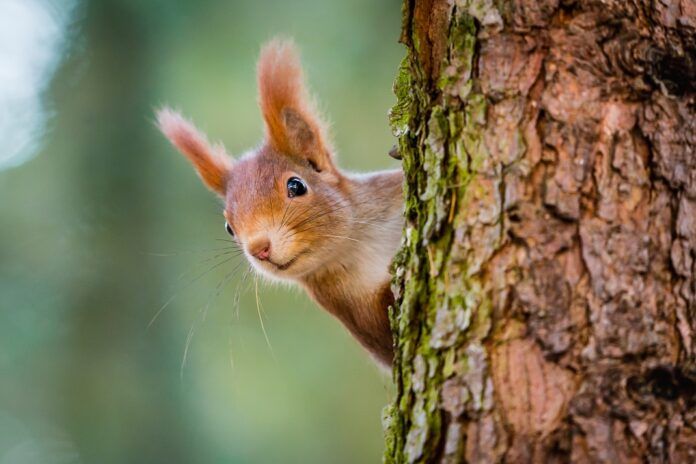Screwfix has partnered with the Woodland Trust to help restore, protect, and plant a new native forest at the charity’s Snaizeholme project in North Yorkshire.
With a £50,000 donation, Screwfix will support the regeneration and rewilding of the Yorkshire Dales National Park area, with the aim to improve biodiversity and create a flourishing haven for woodland animals, including red squirrels and birds.
Pip Greensmith, head of partnerships for the Woodland Trust, said: “The Woodland Trust’s vision for Snaizeholme will restore an entire ecosystem, lock up carbon for years to come, and help mitigate flooding in the catchment.
“We have an opportunity to boost biodiversity at a time when the natural world is in crisis. Woodland creation on this scale is imperative if we are to tackle the potentially catastrophic loss of nature. Transforming the landscape with sympathetic native planting, and allowing natural regeneration to occur, forms a critical part of the work of the Woodland Trust. Support from businesses like Screwfix allows this to become a reality.”
In the next 12 months, with Screwfix’s contribution, 4,000 trees will be planted in Snaizeholme, home to 250 acres of upland peat bog, which the Woodland Trust is looking to restore in the area to preserve its role as mosaic of natural habitats for protected species as well as its CO2-absorbing properties.
Olivia Green, sustainability manager at Screwfix, commented: “As a business, we are thrilled to partner with the Woodland Trust. Screwfix and the Woodland Trust share the same vision of a greener and more sustainable future. The project at Snaizeholme will help boost the water quality of the streams running down into Snaizeholme Beck and safeguard native residents.
“At Screwfix, we know it is vital to restore damaged habitats as well as reduce the environmental impacts we have as a business. As part of Kingfisher, Screwfix’s contribution to the Snaizeholme project also supports the Group’s long-term commitment to protecting nature and becoming Forest Positive by 2025, by creating more forests than we use. We look forward to seeing this amazing habitat thrive.”




